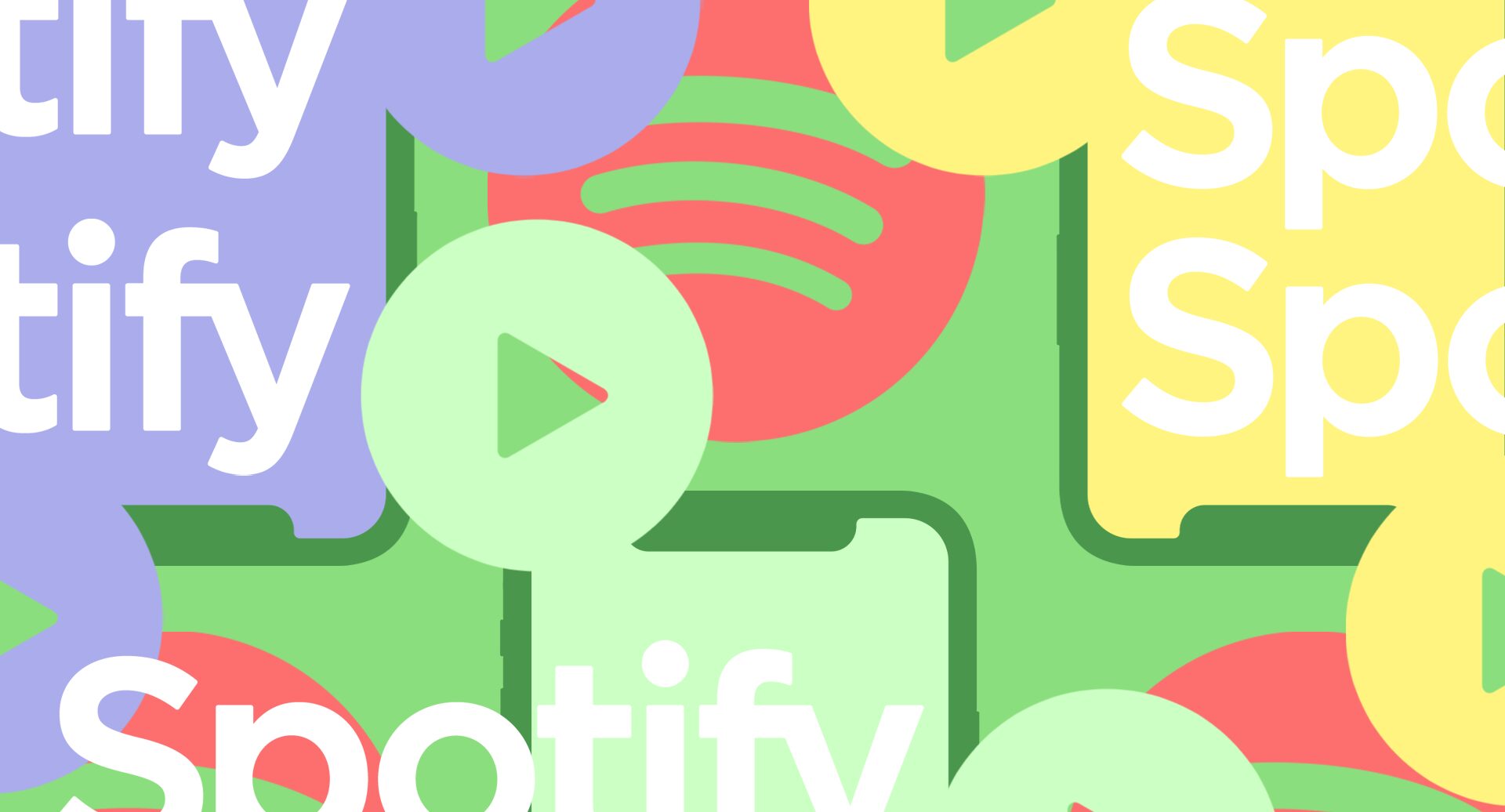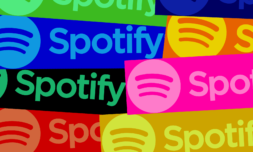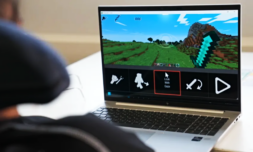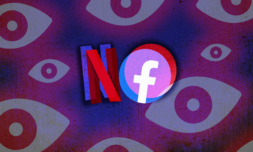Music streaming platform Spotify has announced a newly designed user interface that prioritises short-form video and quick preview snippets. It is the latest app to follow TikTok’s design model.
Spotify is rolling out a new user interface that focuses on short-form video content.
Previous iterations of the app displayed albums, songs, podcasts, and playlists as stacked tiles fixed to your home screen. The updated interface will instead offer an endless, vertical feed of short clips and recommendations that can be scrolled through indefinitely. It looks very similar to TikTok, YouTube Shorts, and Instagram Reels.
Podcasts and playlists will preview alongside an accompanying video, and content will be tailored to each user by ‘advanced machine learning’.
In addition to the interface changes, Spotify says creators will now be able to upload visual content without using its anchor hosting service. A new discovery feed, hashtags, smart shuffle, and a previously announced smart DJ service will also be introduced over the next few updates.
Online, the announcement has been divisive. While some are eager to see new, novel concepts introduced to Spotify’s traditionalist layout, others are expressing discontent at the gradual dominance of short-form, bitesize video content over every other medium.
please someone take me out back and shoot me in the head https://t.co/MLehqBwK8p
— shame (@shamebanduk) March 9, 2023
The company says it is making these changes to better help artists and podcast creators find new audiences.
Based on TikTok’s sizeable influence over chart music, reviews and clips pushed to listeners in an indefinite feed will likely help improve engagement on otherwise unknown tracks.
Spotify is also no doubt trying to keep up with changing user experiences across all media platforms. TikTok’s explosion in popularity – and it’s hold on Gen Z specifically – has caused a pivot away from long-form media. Most apps understand that quick, immediate video content is the way forward.
We’ve seen this trend creep onto Instagram, YouTube, Facebook, and even Netflix, as various platforms scramble to retain their core users and compete with TikTok’s extremely impressive and competitive retention numbers.
Spotify will want a piece of the short-form video pie, despite largely being an audio-focused service.
This is partly why it was so keen to stress its ‘advanced’ algorithms and AI-based recommendation systems during yesterday’s initial reveal. It wants to make clear that video content on its mobile app will be able to compete with TikTok’s robust algorithm.




















